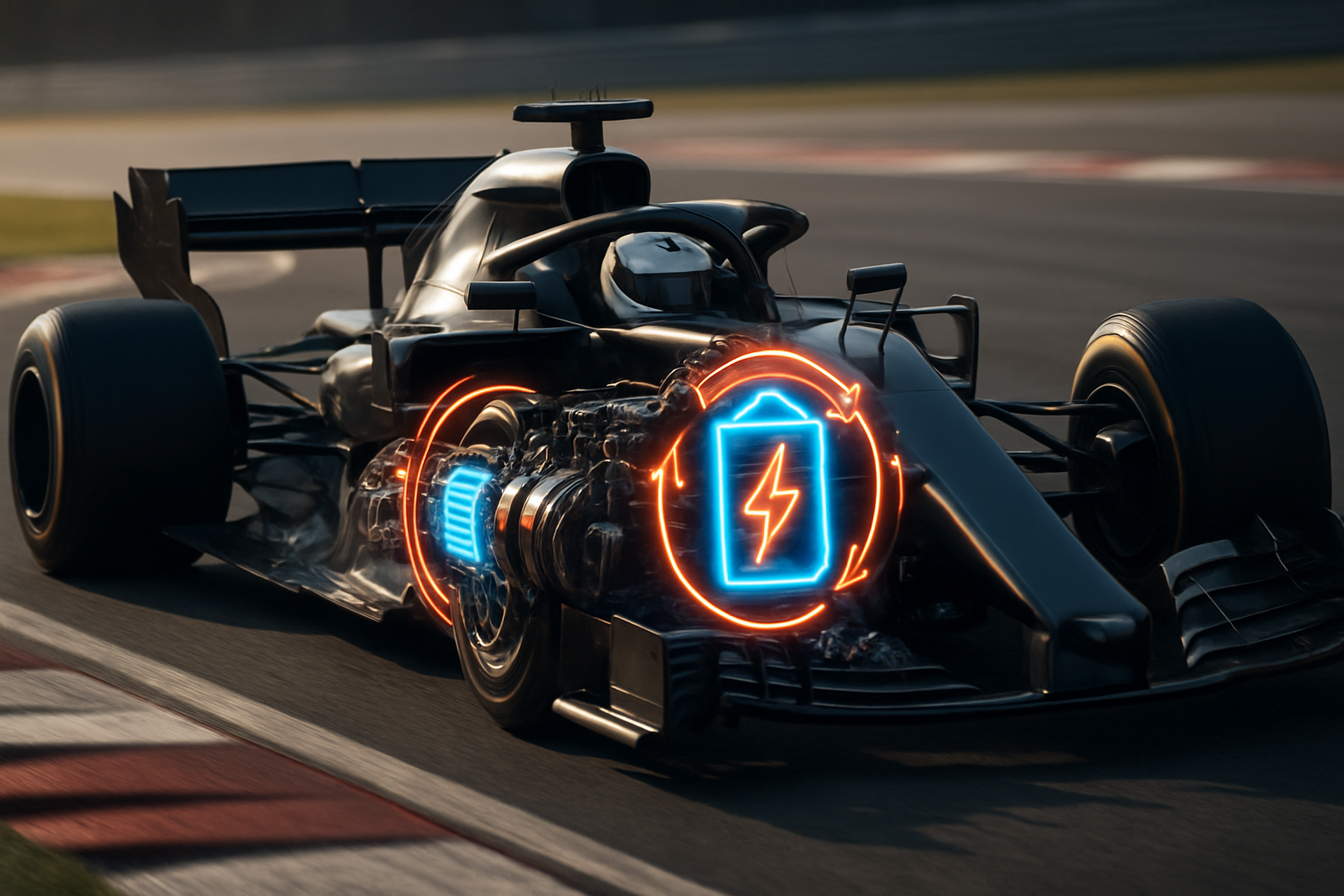Lifecycle environmental impacts of electrified short course racing
Electrified short course racing reshapes how small-scale motorsport events consider environmental impacts. This article examines the full lifecycle of electric karts and related infrastructure, from battery production and charging to track operations, maintenance, safety, and end-of-life options, providing a balanced view of benefits and trade-offs.

Electrified short course racing introduces changes across production, operation, and disposal phases that affect total environmental impact. Evaluating lifecycle impacts requires looking beyond tailpipe emissions to include battery manufacturing, electricity generation for charging, drivetrain efficiency, and maintenance regimes. This article examines those stages in the context of karting and short-track motorsport, highlighting where electrification reduces local emissions and where upstream or downstream factors can offset those gains.
Battery lifecycle and materials
Battery systems are central to environmental assessment. Lithium-ion packs used in electric karts require mining of lithium, cobalt, nickel, and other materials; extraction and refining contribute to upstream emissions and ecological disturbance. Manufacturing processes consume energy and water and create emissions that vary by supplier and region. Lifecycle analysis must consider pack size relative to performance needs: smaller batteries reduce material intensity but may limit range and require more frequent charging cycles. End-of-life planning, including reuse for stationary energy storage and recycling of cathode materials, significantly affects net impact by recovering critical metals and avoiding landfill disposal.
Charging infrastructure and energy sources
The environmental benefits of electrification depend heavily on how the electricity used for charging is generated. Charging karts at tracks powered by grids with high shares of renewable energy results in lower lifecycle emissions than charging where coal or gas dominate. Infrastructure choices matter: on-site energy management, solar canopies, and battery-buffered charging reduce peak demand and improve grid interaction. Fast charging strategies influence battery degradation and energy efficiency; balancing range needs with slower, more efficient charging can reduce losses. Track operators should consider grid capacity, local services for permitting, and the potential to integrate low-carbon generation when planning charging systems.
Range, torque, and performance trade-offs
Electric drivetrains change performance characteristics on short courses. Electric motors deliver instant torque and strong acceleration, which can improve lap times at lower speeds while enabling quieter operations. However, range limitations must be matched to race formats; heavy use of high-power acceleration increases energy draw and reduces effective track time between charges. Engineers can optimize drivetrain gearing, regenerative braking, and power electronics to balance peak acceleration with thermal limits. Understanding how acceleration profiles translate to energy consumption helps event organizers schedule sessions to minimize mid-event charging and associated emissions from repeated top-ups.
Maintenance, safety, and operational impacts
Maintenance patterns differ between electric and internal combustion karts. Electric drivetrains have fewer moving parts, potentially reducing oil changes, filter replacements, and drivetrain wear; this can lower the environmental impact of consumables and waste oils. Conversely, battery systems introduce new safety and maintenance needs: thermal management, battery monitoring, and safe handling for damaged cells require trained technicians and specialized equipment. Safety protocols for high-voltage systems, fire suppression for lithium-ion incidents, and standardized maintenance checks are essential to reduce operational risk and environmental harm from accidents or improper disposal.
Track emissions and event logistics
On-site emission reductions are a clear advantage of electrification: zero tailpipe emissions improve air quality for spectators, staff, and drivers. Nevertheless, a full lifecycle perspective includes emissions from transporting batteries and equipment, staging charging infrastructure, and potential electricity-related emissions. Event logistics such as spectator transit, generator use for amenities, and temporary infrastructure can dominate the event’s carbon footprint if not managed. Track changes like retrofitting pit facilities, updating safety barriers for silent vehicles, and reconfiguring schedules to allow shared charging resources influence the overall environmental profile of a race weekend.
Retrofitting and drivetrain transition paths
Retrofitting existing karts or tracks offers a transitional route to electrification with lower upfront resource use than full replacements. Converting combustion karts to electric drivetrains can reuse chassis and many supporting components, reducing material demand while introducing standardized battery modules and motors. Trade-offs include compatibility with existing frames, required upgrades to suspension and braking to handle different weight distributions, and ensuring safety systems for high-voltage components. Comparative lifecycle modeling that accounts for reuse, expected service life extension, and projected electricity mixes helps determine whether retrofit or new builds yield lower net impacts in a given region.
Lifecycle comparisons show that electrified short course racing can reduce local emissions and noise while shifting environmental burdens upstream to manufacturing and energy supply. The net environmental outcome depends on battery sourcing, recycling practices, electricity grid mix for charging, operational strategies that limit unnecessary energy use, and thoughtful end-of-life planning. Stakeholders in karting and short-track motorsport can reduce impacts by prioritizing responsible material sourcing, investing in renewable-charged infrastructure, applying reuse and recycling programs, and integrating maintenance and safety regimes that extend equipment life without compromising performance.
Conclusion Assessing the lifecycle environmental impacts of electrified short course racing requires a systems perspective that includes production, use, and disposal phases. Electrification offers tangible benefits for local air quality and operational simplicity, but its overall sustainability depends on material supply chains, electricity sources, maintenance practices, and end-of-life solutions. Careful planning, transparent data collection, and regional adaptation of infrastructure and safety standards will shape whether electrified karting achieves meaningful reductions in environmental impact over time.






